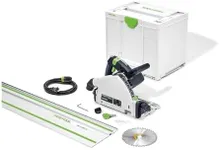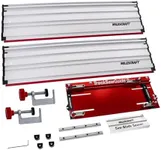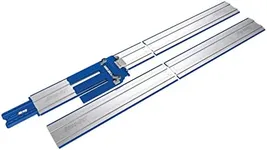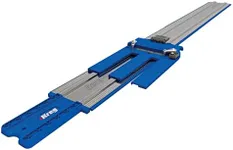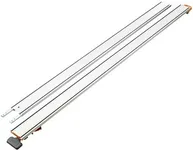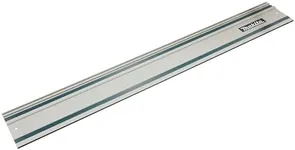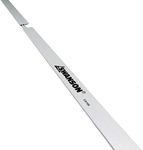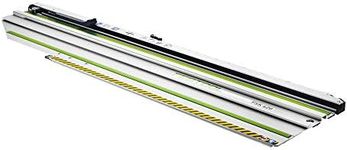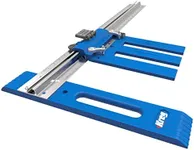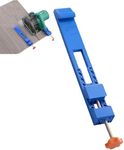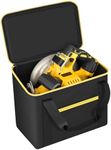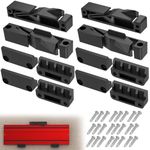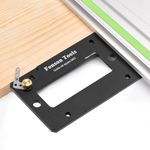Buying Guide for the Best Circular Saw Guide
Choosing the right circular saw can make a significant difference in your woodworking or construction projects. A circular saw is a versatile power tool that can handle a variety of cutting tasks, from ripping through lumber to making precise crosscuts. To find the best circular saw for your needs, it's important to understand the key specifications and how they impact performance. By considering these factors, you can select a saw that matches your specific requirements and ensures efficient, accurate, and safe operation.Blade SizeThe blade size of a circular saw determines the depth of cut it can achieve. Common blade sizes range from 5-1/2 inches to 7-1/4 inches. Larger blades can cut through thicker materials, making them suitable for heavy-duty tasks, while smaller blades are lighter and easier to handle, ideal for lighter, more precise work. Choose a blade size based on the type of materials you plan to cut and the depth of cut you need.
Motor PowerMotor power, measured in amps for corded saws and volts for cordless saws, indicates the saw's cutting strength and efficiency. Higher power ratings mean the saw can handle tougher materials and more demanding tasks. For general-purpose use, a motor with 10-15 amps (corded) or 18-20 volts (cordless) is usually sufficient. For heavy-duty or professional use, consider a more powerful motor to ensure smooth and efficient cutting.
Cutting CapacityCutting capacity refers to the maximum depth and angle at which the saw can cut. This includes the maximum depth of cut at 90 degrees and the bevel capacity, which is the maximum angle the saw can tilt for angled cuts. A higher cutting capacity allows for more versatility in your projects. Consider the types of cuts you need to make and ensure the saw's cutting capacity meets those requirements.
Weight and ErgonomicsThe weight and ergonomics of a circular saw affect its ease of use and comfort during operation. Lighter saws are easier to maneuver and reduce fatigue, making them suitable for extended use or overhead cutting. Ergonomic features like comfortable handles and well-balanced designs enhance control and reduce strain. Choose a saw that feels comfortable in your hands and suits the duration and nature of your work.
Safety FeaturesSafety features are crucial for preventing accidents and ensuring safe operation. Look for features such as blade guards, electric brakes, and safety switches. Blade guards protect you from the spinning blade, electric brakes stop the blade quickly after the trigger is released, and safety switches prevent accidental starts. Prioritize saws with robust safety features to protect yourself during use.
Dust CollectionDust collection systems help keep your work area clean and improve visibility by reducing the amount of sawdust generated during cutting. Some circular saws come with built-in dust ports that can be connected to a vacuum or dust bag. Effective dust collection is especially important for indoor use or when working in confined spaces. Consider a saw with a good dust collection system to maintain a cleaner and safer workspace.
Corded vs. CordlessCircular saws come in both corded and cordless models. Corded saws offer continuous power and are generally more powerful, making them suitable for heavy-duty tasks and prolonged use. Cordless saws provide greater mobility and convenience, ideal for outdoor or remote work where access to power outlets is limited. Choose between corded and cordless based on your need for mobility and the nature of your projects.
